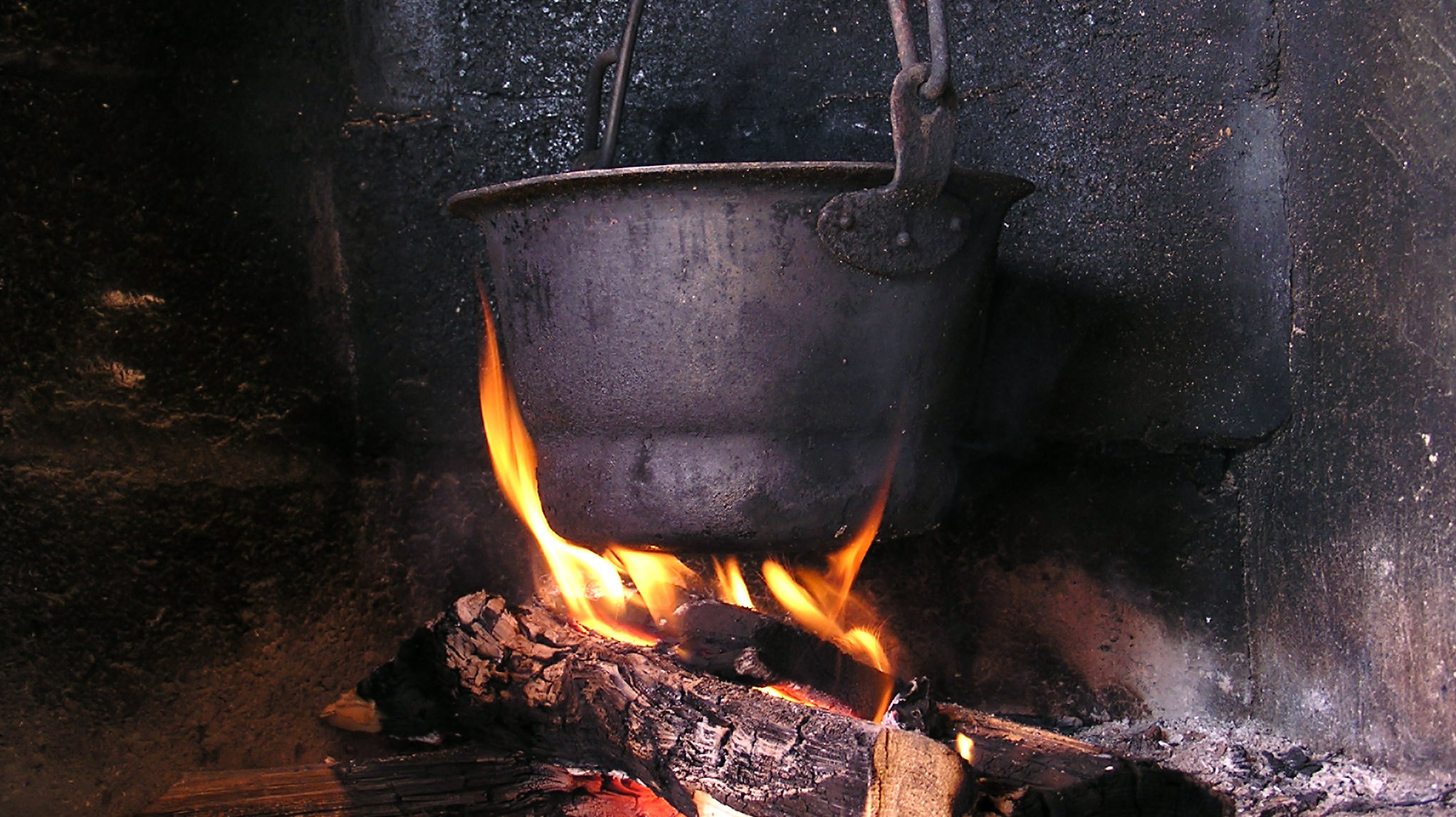What Did Ancient People Eat? Now Scientists Can Tell Us.
An old pot never gets really clean, no matter how much you scrub. People from the olden days before antibacterial soap probably already had that figured out, but they just left their pots for archeologists to find. They didn't leave cookbooks, either because they didn't have them, or because the books disintegrated over the centuries, or because they just wanted to make things more fun for the archeologists. (I'm kidding! They probably didn't have cookbooks.)
But now a team of archeologists from the University of California-Berkeley has developed a method of analyzing the chemical compounds in residue on unglazed ceramic pots to determine what was cooked in them. They did not use actual ancient pots. Instead they used newly purchased La Chamba pots that had been handmade in the traditional manner by craftswomen in Colombia. Over the course of several months, seven chefs prepared 50 meals in the pots using donated deer roadkill and grains milled in one of the researchers' garages. Every eighth meal they deliberately charred. They cleaned out the pots between meals with water and branches from apple trees. The meals themselves weren't very good and nobody ate them, but quality wasn't really the point. Instead they kept track of the ingredients they used and at the end of the testing period, they sent the pots to labs at Berkeley and the University of Bristol in the U.K. to see if any evidence of the meals lingered.
And, reader, they did! "For example," explains a press release from Berkeley, "the charred bits at the bottom of a pot contained evidence of the latest meal cooked, while the remnants of prior meals could be found in the patina that built up elsewhere on the pot's interior and in the lipid residue that was absorbed into the pottery itself."
The scientists were very excited. Now when they examine old pottery, they can find evidence of all the meals that were prepared in a particular pot, which will give them a better idea of the ingredients that the ancient cooks used and help them reconstruct recipes. If the pot contains traces of ingredients not found locally, this will also give scientists a better idea of ancient trade routes and patterns. The study has been published in the journal Scientific Reports.
"Our data can help us better reconstruct the meals and specific ingredients that people consumed in the past," explained Melanie Miller, one of the co-lead authors of the study, "which, in turn, can shed light on social, political and environmental relationships within ancient communities."
